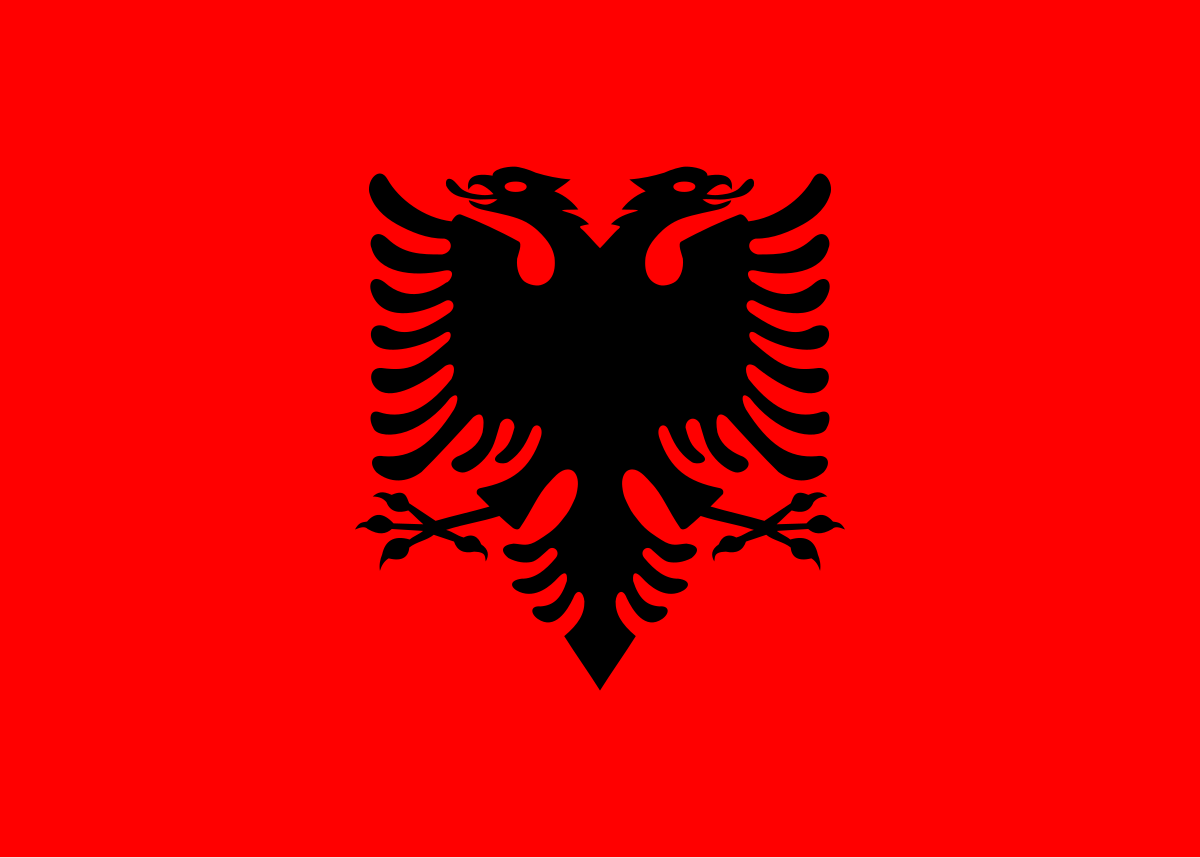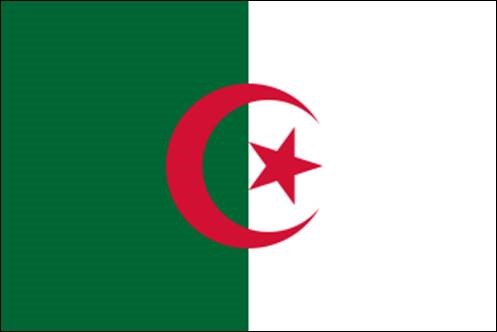Culture of Andorra
Located on the southern slopes of the Pyrenees mountains in Europe, between France and Spain, Andorra is one of the smallest countries in the world. With a total land surface of approximately 181 square miles, it is only about half the size of New York City and is inhabited by just over 80,000 people.
Despite its small size, Andorra is known to be a place where culture and ancestral traditions have been maintained through centuries. Andorra’s political origins can be traced back to the signing of a charter in 1278, that established the nation as a principality that was ruled by two princes, the Bishop of Urgell, a county in Spain, and the head of state of France. Even though Andorra is an independent nation today, it continues to share a unique political history with both France and Space, as it is still ceremonially overseen by both the Bishop of Urgell and the president of France. Andorra also has both the French and Spanish currencies, both systems of education and language. The culture of Andorra is a unique blend of French and Spanish culture as well as other influences from that region of Europe.
Family Life
Andorra has a strong rural origin shaped by Shepards in the Pyrenees mountains and has historically maintained a distinct separation in the freedom and the roles given to men and women until the late 1900s. Families were traditionally represented by men and the eldest patriarch exercised absolute control over most family affairs. All public interactions outside the home were limited to men. However, urbanization of the country, opening of the Andorran economy to tourism and commerce brought about rapid social change. Women have gained more freedom outside the home. Female employment, which has risen to above 75%, is relatively high when compared to some other European nations. With this progress, women have considerable public presence but still hold an inferior political role when compared to men.
Marriages are not limited or controlled by families. Andorrans have the freedom to marry based on their personal choice. Marriages between Andorrans and the Spanish, French or other European immigrants are common.
The family unit remains very strong in Andorra and is prioritized over the individuals in the family. Most businesses in Andorra are family owned with responsibilities distributed amongst family members.
Language
The official language of Andorra is Catalan. Catalan is a Romance language which was derived from Latin under Roman rule between the 8th and 10th centuries. It is one of the significant attributes of Andorran culture and identity. Official government documents are issued in Catalan. It is taught in schools and is the language used for all roads signage. Catalan also dominates most forms of official communication, including the media. However, the everyday language heard on the streets is Spanish. This is because the largest immigrant community in Andorra is Spanish. French is more concentrated in the southwestern part of the country. Most Andorrans speak multiple languages including Catalan, French, Spanish, Portuguese and now even English as Andorra is gaining popularity as a vacation destination and tourism is becoming more established as an industry.
Dress Andorrans wear typical western clothing that is commonly seen everywhere, especially in Western Europe and other developed countries. Traditional clothing is worn mainly for folk dances and special festivals. Traditional wear for women includes long skirts embroidered with flowers paired with white blouses. Women also tend to wear long, black, netted gloves, white stockings and wedged sandals. It is also common to see women covering themselves with flowered shawls or black scarfs over their hair. Men wear white shirts, dark pants that only go to the knee, white stockings and black shoes. They also wear red sashes tied around their waist along with red caps on their heads. See image below of traditional Andorran clothing.

Cuisine
The cuisine of Andorra is primarily Catalan cuisine, with influences from Andorra’s neighboring countries, France and Spain. It is also highly influenced by the mountainous terrain and landscape of the country, which shaped a tradition of warm, hearty meals that can nourish the locals through cold winters. A heavy stew called Escudella which consists of a broth with meat and vegetables is a winter staple in Andorra. Andorran cuisine uses a lot of seafood and fresh produce, as both fishing and farming predominantly defined the ways of living for many generations. The national dish of Andorra, Trinxat, is a mash of potatoes, cabbage and pork.
Holidays
Andorrans observe all of the Catalan religious festivals. A unique festival is ‘Diada de Meritxell’ which translates to Our Lady of Meritxell and it is a day dedicated to Andorra’s patron saint, the Virgin of Meritxell. It is celebrated on September 8th with pilgrimages, mass, exhibitions and traditional music. There is also the Pasqua festival, which is the Catalan version of Easter, and it is celebrated with traditional Easter cake made from sweetened bread, candied fruit, and boiled eggs.
Business Culture
Andorra offers lower taxes and duty-free privileges, making it an attractive location for foreign investments and international companies and commerce. Business meetings are typically formal in nature and punctual, but business culture and ways of working is laid upon a foundation of personal relationships and mutual respect and trust. Language could be a barrier for international business. Although English is used, knowing Catalan, Spanish, or French can offer a business advantage.
References
Wikipedia, The Free Encyclopedia. (Last edited 2024, December 28). “Flag of Andorra” Flag of Andorra – Wikipedia
Encyclopedia.com. (2019). “Andorrans”. Andorrans | Encyclopedia.com
MCA assessors. (2025). “Traditions and culture of Andorra: Discover Andorran festivities and customs”. Traditions and Culture of Andorra – MCA Assessors
A World of History, Mexicohistorico.com. Exploring Andorra’s Unique Cultural Heritage and Traditions Countries and their Cultures (Copyright 2008) “Andorra”. Culture of Andorra – history, clothing, traditions, women, beliefs, food, customs, family, social




